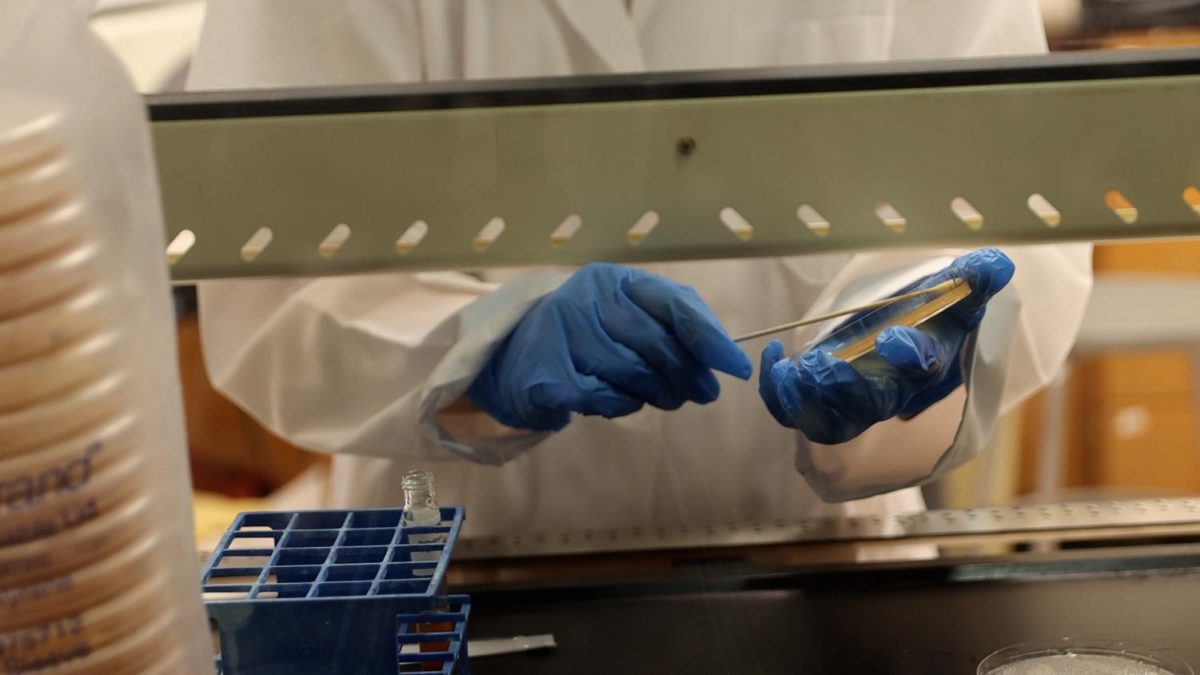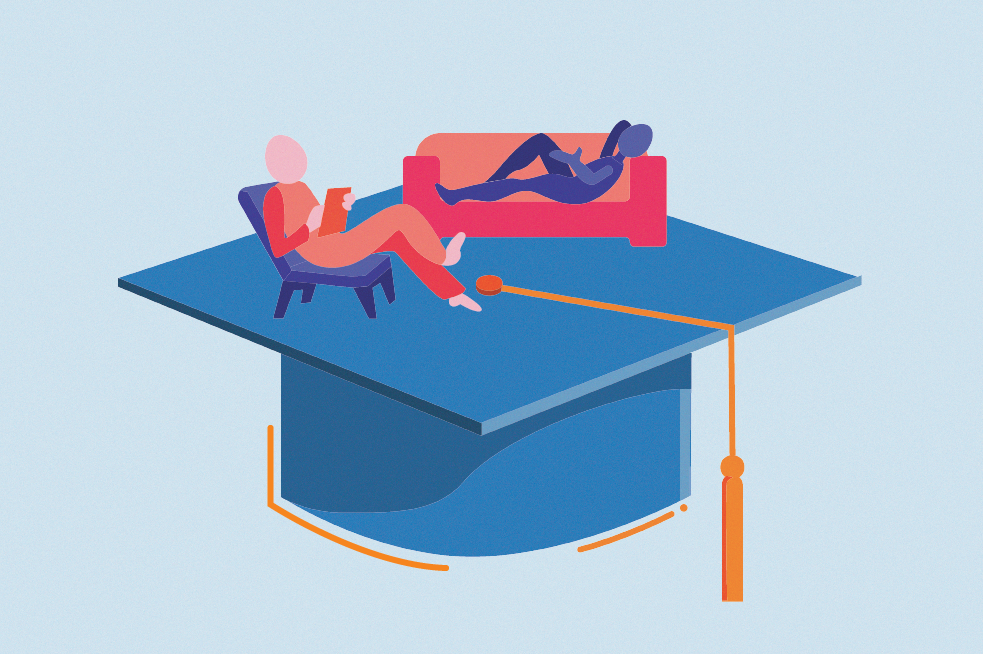
Ninety percent of Americans feel that we are currently in a mental health crisis, according to the Pew Research Center. In a time when it seems we can hardly agree about anything, this nearly unanimous recognition of deteriorating mental health is significant.
Rising in tandem with mental health concerns is an interest in therapy. More people are seeking counseling than ever before. According to the Centers for Disease Control and Prevention, one in five adults and one in seven teenagers sought mental health services in 2022.
This unprecedented boom in individuals seeking support in the form of therapy is the result of several factors, one being increased mental health problems as a result of the pandemic. Tina Villalobos, a clinical social worker and psychodynamic therapist, said, “Since the pandemic, I feel like basically all of the therapists I talked to have been super busy.”
A 2021 study found almost half of Americans reported recent symptoms of anxiety or depression. Furthermore, there has been a significant increase in substance abuse since the announcement of a national emergency in March 2020. For young people especially, being isolated at home was particularly harmful.
Micheal Deal, a therapist specializing in children, said, “It was a difficult time for everybody, especially kids. They weren’t able to be around their peers for extended periods, so if you take that and couple it with parents who were also having a tough time, [it] was a perfect storm.”
The difficulties of the pandemic may have contributed to more students seeking therapy. Based on data collected fro
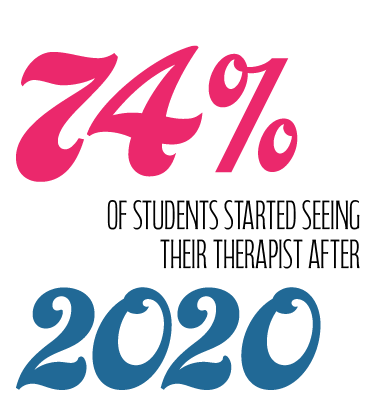
m a Clayton student survey, 74% of students who see a therapist started after 2020. Nationally, the percent of Americans 18 to 44 who had received mental health treatment over the past year jumped from 18.5% to more than 35% between 2019 and 2021.
Although the pandemic caused an increase in mental health struggles, it also worked to destigmatize asking for help.
Megan Margherio is a yoga instructor but previously served as the Clayton School District’s Gifted Coordinator. While teaching classes at the middle and then high school level, many of her lessons focused on the impact of mental health on students’ well-being.
“If we’ve learned anything since the pandemic, it’s that we’re all struggling with our mental health on some level, so strategies and support are needed now more than ever,” she said.

Karen Helfert, a retired marriage and family counselor of 33 years, has noticed a shift in attitudes toward mental health.
“When I was working in the 70s and 80s, people didn’t talk about their mental health openly,” she said.
Those with severe mental health disorders, such as schizophrenia or bipolar disorder, were the only people expected to see a therapist and most people perceived seeking mental health support as a subject of shame rather than a casual fact about one’s life. In recent years, however, things have changed.
“Now the kids are more public about their depression and going to therapy. It just doesn’t have the same shame,” Helfert said.
Therapy has shown up on television screens in a major way. Popular shows like “Euphoria” and “Never Have I Ever” have made mental health a central part of the plotline, with the latter often featuring the main character, Devi’s, therapy sessions. Online discussions have also propelled the destigmatization of therapy. Celebrities and other high-profile individuals such as Harry Styles, Adele, Kristen Bell and Michelle Obama have all expressed that they receive great benefits from going to therapy.
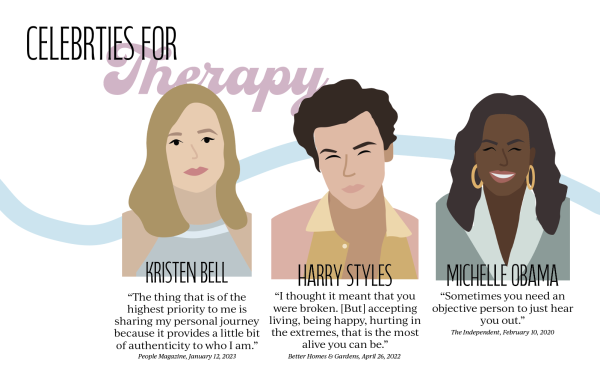
Additionally, Villalobos said online resources can help people put a name to their feelings and find validation for their struggles.
“I think [the internet] gives people an empowered feeling. […] It’s beneficial that people can have an understanding of what’s going on with them and can seek out appropriate help,” she said.
As a result, online therapy services have risen to meet young people’s interests. One such company is BetterHelp, a mental health platform that matches users with licensed therapists who talk with them via phone or chat.
The company’s approach to advertising has been to target young people, and they have used social media to promote their service. By sponsoring popular content creators like The Try Guys and MrBeast, the company directly markets therapy benefits to young social media users.
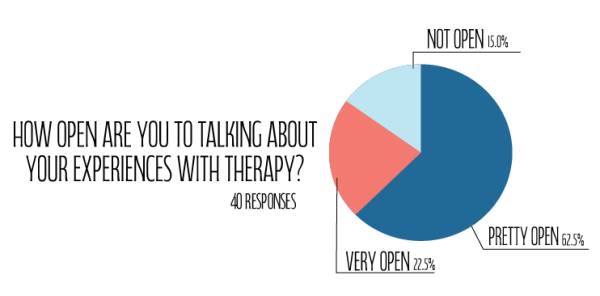
“[BetterHelp] is allowing people that can’t access therapy to be able to access therapy, and that’s great,” Villalobos said.
The rise of social media and celebrity culture has contributed to the stigmatization of mental health discussions, but while an increase in awareness
and interest surrounding therapy may seem like a step in the right direction, this onslaught of mental health content on users’ feeds has not come without cost.

Medical advice from unlicensed users on the internet can have its perils.
“Influencers are human, so they can be used in good and bad ways. If they’re helping people access therapy, then okay. The danger could be if they are speaking on clinical matters that they’re not trained on. That would not be helpful,” Villalobos said.
The unfiltered abyss of content available on the internet may lead some to think posts are the same as a medical diagnosis. Many users on platforms like TikTok make videos that expose “Common Symptoms of ADHD” or “Things you think are normal that actually are signs of autism.” Experts are concerned viewers of these videos may take these “signs” as reasons to seek treatment they don’t actually need.
“I feel like with the rise of this field, there’s a rise of feeling the need to overanalyze things and treat things with medication that don’t always need to,” senior Maryn Kearney said.
Margherio explained that self-diagnosis can even lead people with real disorders to treatments that would not be effective for them.
“There is a lot of overlap with mental health conditions, so without working directly with a medical professional, people could be inaccurately diagnosing themselves. […] The conversations around diagnoses should really take place with a doctor, not on social media,” she said.
In conjunction with the rise of online self-diagnosis, “therapy words,” such as “trauma,” which were once only used to describe extreme situations, have made their way into everyday vocabulary.
“I think the most dangerous thing about [overusing the word ‘trauma’] is it minimizes real trauma, like people who have been victims of violent or sexual assaults and people [who] have been victims of natural disasters,” AP Psychology teacher David Aiello, who has been teaching the course at CHS for 38 years, said. “When people claim to be traumatized by significantly less stressful things, it minimizes the people who have had real traumatic experiences.”
Aiello also said the rush to label common emotions as conditions undermine one’s resilience by causing them to see daily tasks and obstacles as unconquerable.
“It legitimizes people equating small struggles with big, huge, life-changing problems. I think we have made mountains out of molehills as a society,” explained Aiello.
It legitimizes people equating small struggles with big, huge, life-changing problems. I think we have made mountains out of molehills as a society.
— David Aiello, AP Psychology Teacher
Part of the issue, he argues, stems from shifts in parenting styles.
“The style of parenting called ‘helicopter’ or ‘steamroller’ parents, where the parents don’t want their child to encounter failure […] and always intervene to help them, is doing some long-term harm,” Aiello said. “Many kids have not had the little failures and struggles as a six year old, as an eight year old, as a ten year old, so suddenly when they get cut from a team, they don’t get into the honors class, they get a C minus on a major assignment, they’ve not had any experience with how to deal with frustration or disappointment. It becomes traumatizing to them.”
Experts are concerned that as increasing numbers of “traumatized” teenagers gravitate towards mental-health-related content on social media it reinforces the idea that their troubles are not normal and are actually fueled by a diagnosable condition. The relatable nature of mental-health-related posts can lead users to trust the person who made those posts to understand their mental state when in reality, they are far from qualified to do so.
“Knowing how your mental health works does not mean you know what works for others. It is very dangerous to assume mental health conditions are one size fits all,” Margherio said.
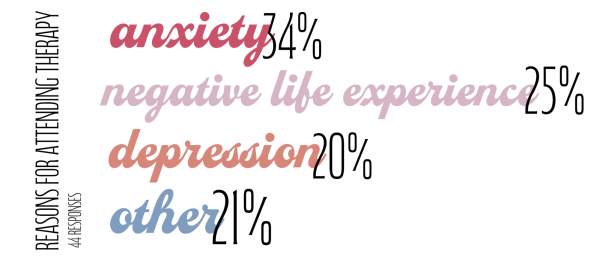
Although social media is helping some people put a name to their problems, experts say it may also be leading to those problems in the first place. Deal explained that lots of social media exposure can harm the mental health of young people.
“It gives people the illusion of being connected and being in relationships because they’re communicating, or seeing people do things, but it’s not the same as actually being with their peers, talking and spending time physically with each other,” he said.
This rise in social media use, in conjunction with other factors, has led to an unprecedented uptick in the number of people seeking therapy. However, as more people pursue treatment, it exacerbates an equity issue that leaves those with lower incomes less able to access the services they may need. Senior Charlie Rubin has concerns about the recent increase in people attending therapy.
“As wealthier people use more therapy services, they drive the cost up, which paradoxically makes it harder for the people more likely to need therapy to get the services they need,” Rubin said.
While some insurance companies cover the cost of therapy, it is not widespread and is often only for extreme cases. According to Healthline, insurance coverage for therapy is often unavailable until you spend a minimum amount or obtain pre-authorization.
“There are always going to be people who will say, ‘No, you didn’t meet X number of criteria, so we’re not going to pay for you to go to therapy.’ For that person, it may be literally a matter of life and death,” Aiello said. “For other people, it wouldn’t even faze them. So it’s really hard to say because there’s no magic formula [that determines] when a person needs therapy and when they don’t.”
The cost of therapy can vary depending on a therapist’s qualifications and location. On the lower end, therapy services can cost about $50 per session, while the most highly sought-after professionals can charge upwards of $200 per session. Although many providers offer sliding scale pricing to help those with lower incomes, cost provides a barrier to people who may need or want therapy.
“Because we have a limited quantity of providers and a limited ability to pay, we should probably be more selective about who’s going to therapy,” Aiello said. “Some people are going to therapy (…) but might not necessarily be the most in need. And then we have some people who are really in need but don’t have access.”
Society’s shift toward accepting therapy is not coupled with a rise in attainability. High costs push people away from seeking treatment, and towards the internet: an echo chamber of media that contains untruthful content, and can sprout harmful mindsets.

Although usually imagined as a service for adults, therapy can benefit even the youngest members of society.
In Deal’s practice, he works with children as young as three in play therapy. Play can be a valuable tool in helping children too young to engage with typical talk therapy.
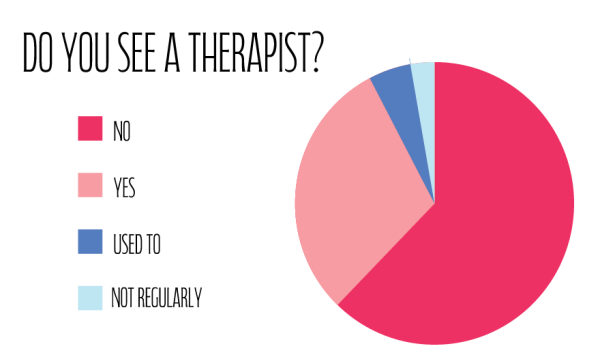
“If I took a six year old and I sat him on the couch and sat in a chair 10 feet away like I would with an adult and just said, ‘let’s talk for 45 minutes,’ they can’t do it,” Deal said.
This difficulty makes working with kids a unique challenge that Deal enjoys. Instead of basing the session around dialogue, Deal helps a child express their difficulties through play.
“Play allows them to talk about struggles in their life, but when they can’t or won’t talk about those struggles, it comes out in the play. […] You’ve got to understand the unconscious and how this gets expressed in everything they do,” he said.
Make-believe play with stuffed animals can help Deal learn about household dynamics, while structured play with games like chess can allow him to understand social dynamics.
“How they relate to me when I win or lose is all about how their emotional world and relationships work,” he said.
Deal’s work also provides a link between a child’s negative behavior and potential mental health struggles.
“Sometimes with kids, it isn’t always clear that it’s depression,” he said. “Especially with boys, it’s more likely to come out as a lot of aggression, physical or verbal. The base of that is often that they feel pretty depressed or unhappy.”
In high school, data shows therapy can provide a productive outlet where students can work through the tribulations of growing up.
“Adolescence is a very unique time of struggle,” Elen Jayaprabhu, a therapist who specializes in treating young women with disordered eating, said. “There’s a lot of identity formation. […] Every adolescent would benefit from therapy, even if you don’t have very significant clinical symptoms.”
Data from a Globe survey revealed a third of Clayton’s students have seen a therapist, and about three-fourths of students know someone who does. The main reasons students see therapists are for help with anxiety, depression and recovering from traumatic life events.
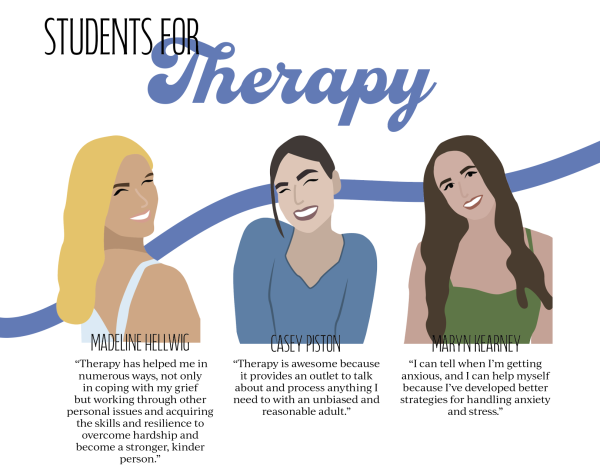
Senior Madeline Hellwig started seeing a therapist in the fall of 2022 to help cope with grief after familial tragedies. She believes therapy has helped her not just with her grief but with all aspects of her life.
“I think therapy has helped me in numerous ways, not only in coping with my grief but working through other personal issues and acquiring the skills and resilience to overcome hardship and become a stronger, kinder person,” she said.
Hellwig also explained how therapy can help improve relationships with friends and family.
“Therapy is not just about bettering yourself for yourself, but also for others,” she said.
Senior Casey Piston has also used therapy to help process difficult social situations.
“Therapy is awesome because it provides an outlet to talk about and process anything I
need to with an unbiased and reasonable adult. Even weeks where I don’t have something specific to work on, I find the freedom in open discussion relieving,” she said.
For senior Marina Hagedorn, talking with a therapist has put less strain on her friendships.
“Obviously, friends are there to help you, but they’re not the people you’re supposed to dump everything on to. That’s what your therapist is for,” she said.
Kearney, who struggles with anxiety, has used tools gained in therapy to help herself overcome difficulty.
“I can tell when I’m getting anxious, and I can help myself because I’ve developed better strategies for handling anxiety and stress,” she said.
Therapy has also helped Kearney to avoid medication.
“Therapy is one strategy that’s helped me deal with these issues on a day-to-day basis without having to take medication, which can give you all kinds of really horrible side effects,” she said.
Not only are young people finding many benefits from therapy, but they are also very open to talking about their experiences. According to a Globe survey, 84% of students said they were pretty or very open to talking about going to therapy. This openness may have shifted people’s beliefs about what difficulties going to therapy could resolve.
For those skeptical about therapy or have had a bad experience with a therapist, Villalobes encourages an open mind and to continue trying.
“If someone tries therapy with one therapist, and it doesn’t feel like the right fit, don’t get discouraged. We’re all different, with different ways of working and different personalities. […] Don’t get hopeless if it doesn’t work on the first try,” she said.
Deal explained that regardless of the severity of difficulties, the self-reflective process learned in therapy is valuable to all.
“You don’t have to be on fire,” he said. “You don’t have to be suicidal. You don’t have to have this very distinct crisis in your life to get healthy. […] As humans, we should just try to understand ourselves better. There’s nothing wrong with that.”

Therapy is only part of the whole solution to a growing mental health crisis. Students who benefit from therapy note that for it to be effective, the conversation requires vulnerability and commitment from the patient.
“You have to be willing to actually talk and open up. I know lots of people who go to therapy because their parents make them, but they don’t talk. That’s not productive. You have to go in with a willingness to open up and work through your issues,” Kearney said.
Other measures taken to increase mental health awareness can help destigmatize asking for help. In July 2022, the Suicide and Crisis Helpline became nationally available through the phone number 988. Similar to 911, people can call the helpline at any time for immediate guidance during a mental health crisis. According to Jayaprabhu, this service is extremely beneficial.
“[988] is showing how serious suicide rates [and] mental health crises are. It’s showing nationwide support for easy and quick access to care 24 hours a day, so I think that’s been a helpful statement,” she said.
In addition, therapy is not the only tool available to help those struggling. Jayaprabhu explained that when anxiety and depression begin to significantly impede people’s ability to function, medication can be beneficial when used in tandem with talk therapy.
“Studies show that the combination of medication with psychotherapy together is what’s most beneficial. So it’s rare for someone just to get medication because usually, that’s what helps is dealing with things in a more holistic, reparative way versus just treating the symptom,” she said.
Jayaprabhu also pointed out that proactive measures can improve mental health for future adults by having a dialogue about the subject from a young age. Teaching healthy processing of difficult emotions in grade school equips students with tools to overcome life’s more difficult challenges.
“I think that having a common language about emotions from an early age is really important,” she said.
At the high school, free services also exist to help students overcome difficulties. Guidance counselors and social workers are available to speak with students one-on-one in the counseling office, and the new Wellness Center, opening February 20, will offer a safe space for students to de-stress or seek help at any time with licensed professionals.
In the end, mental health is a complicated issue that requires a complicated solution. However, the first step in finding this solution is similar for many: dialogue. Experts agree that regardless of age, all people should be encouraged to seek help and have available resources. It is only through the encouragement of productive dialogue around mental health that this crisis can be combated.
“The more that
“The more that therapy is talked about, the more it’s made available, the better. Because moving the barriers to getting people help makes all the difference in the world. We’re all just humans, having struggles,”
— Ellen Jayaprabhu
This story was originally published on The Globe on February 21, 2024.





![With the AISD rank and GPA discrepancies, some students had significant changes to their stats. College and career counselor Camille Nix worked with students to appeal their college decisions if they got rejected from schools depending on their previous stats before getting updated. Students worked with Nix to update schools on their new stats in order to fully get their appropriate decisions. “Those who already were accepted [won’t be affected], but it could factor in if a student appeals their initial decision,” Principal Andy Baxa said.](https://bestofsno.com/wp-content/uploads/2024/05/53674616658_18d367e00f_o-1200x676.jpg)
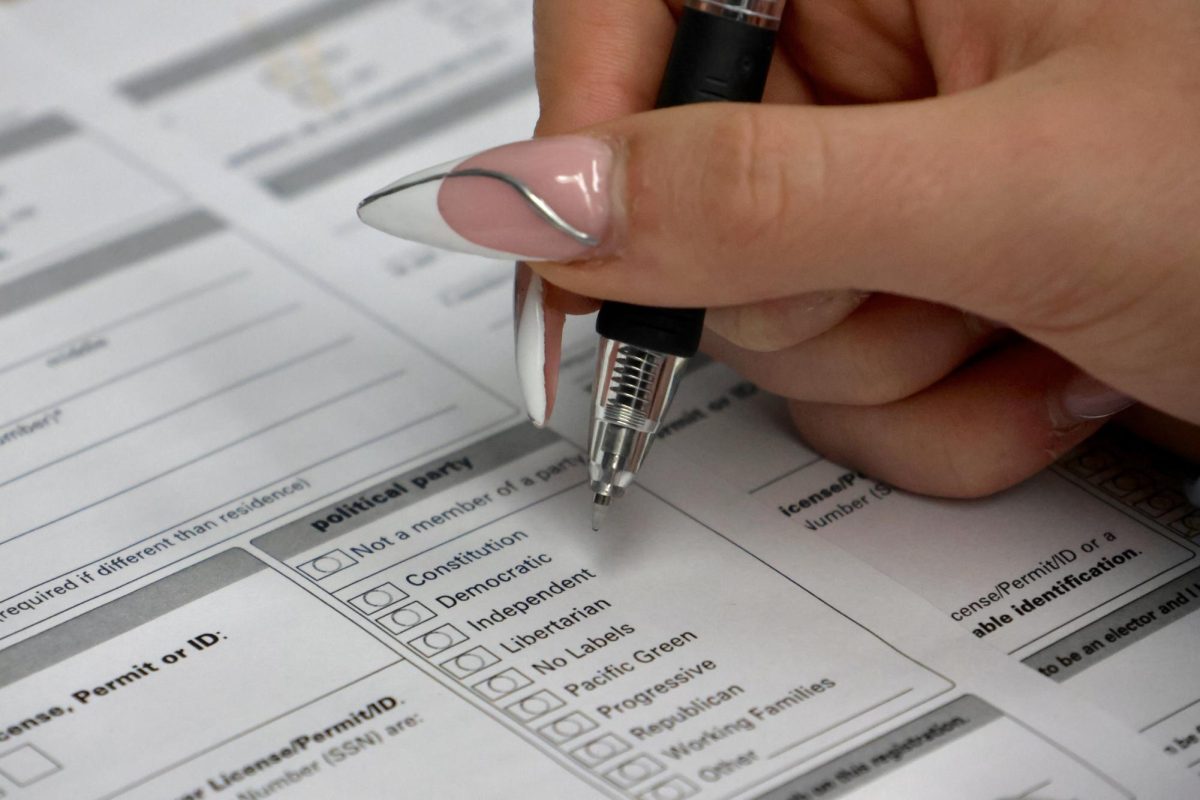


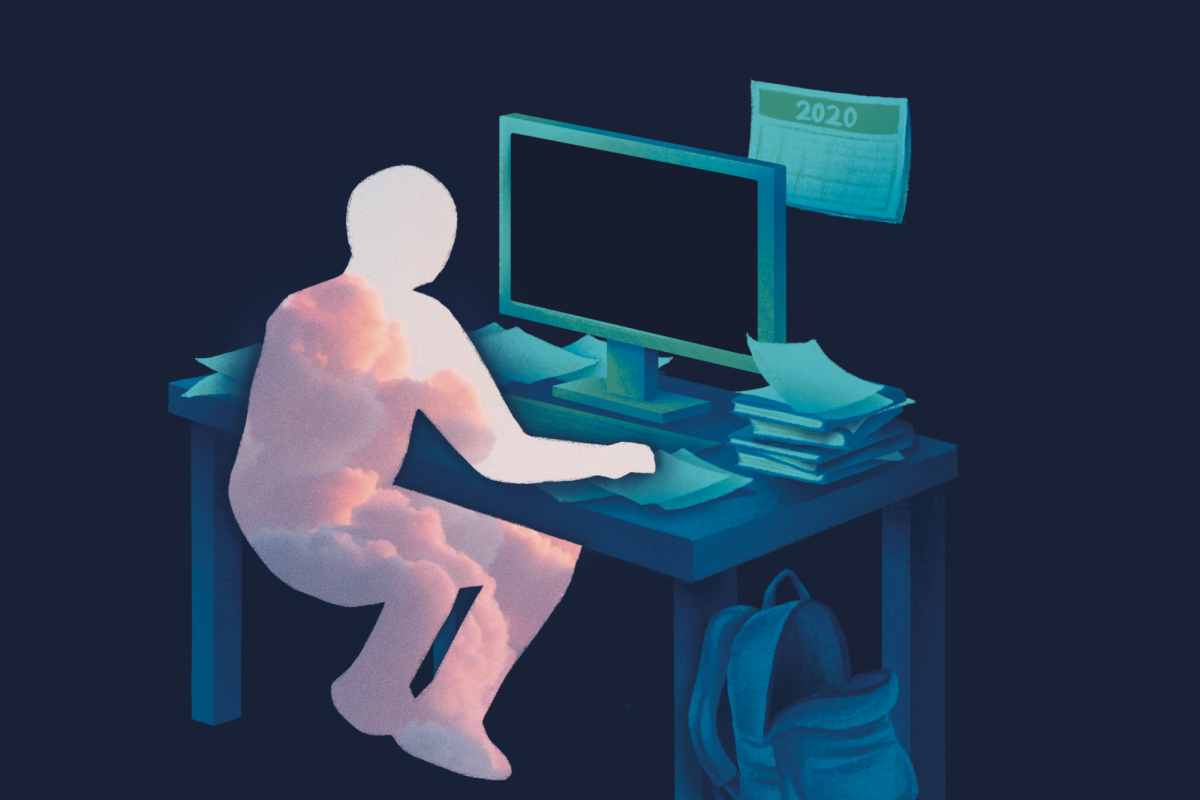


![Junior Mia Milicevic practices her forehand at tennis practice with the WJ girls tennis team. “Sometimes I don’t like [tennis] because you’re alone but most of the time, I do like it for that reason because it really is just you out there. I do experience being part of a team at WJ but in tournaments and when I’m playing outside of school, I like that rush when I win a point because I did it all by myself, Milicevic said. (Courtesy Mia Milicevic)](https://bestofsno.com/wp-content/uploads/2024/06/c54807e1-6ab6-4b0b-9c65-bfa256bc7587.jpg)

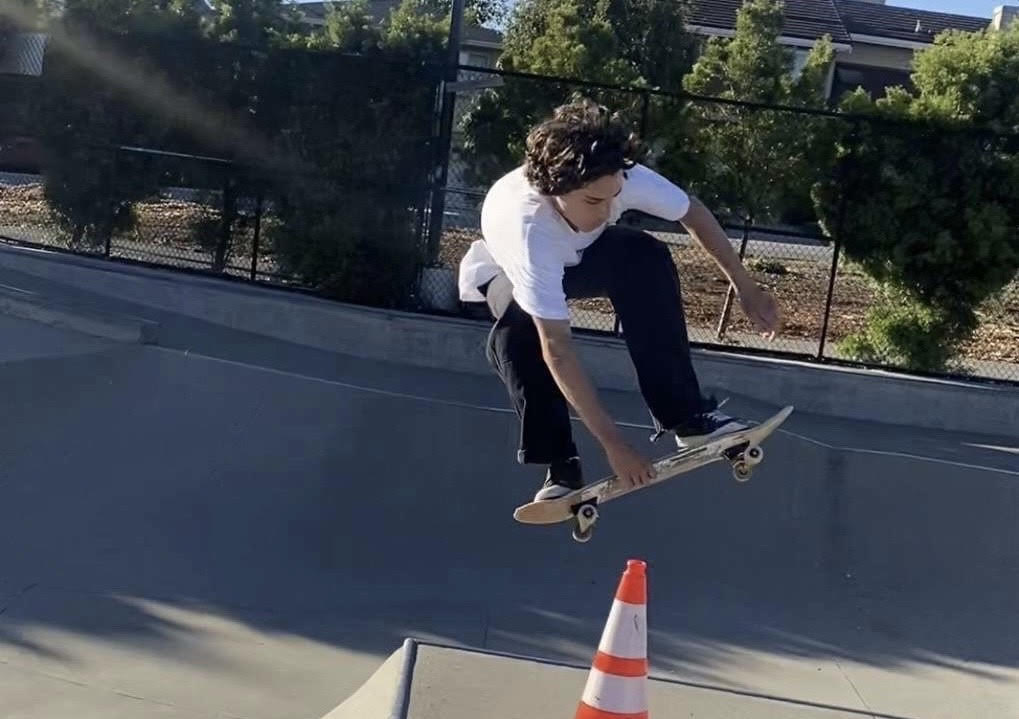



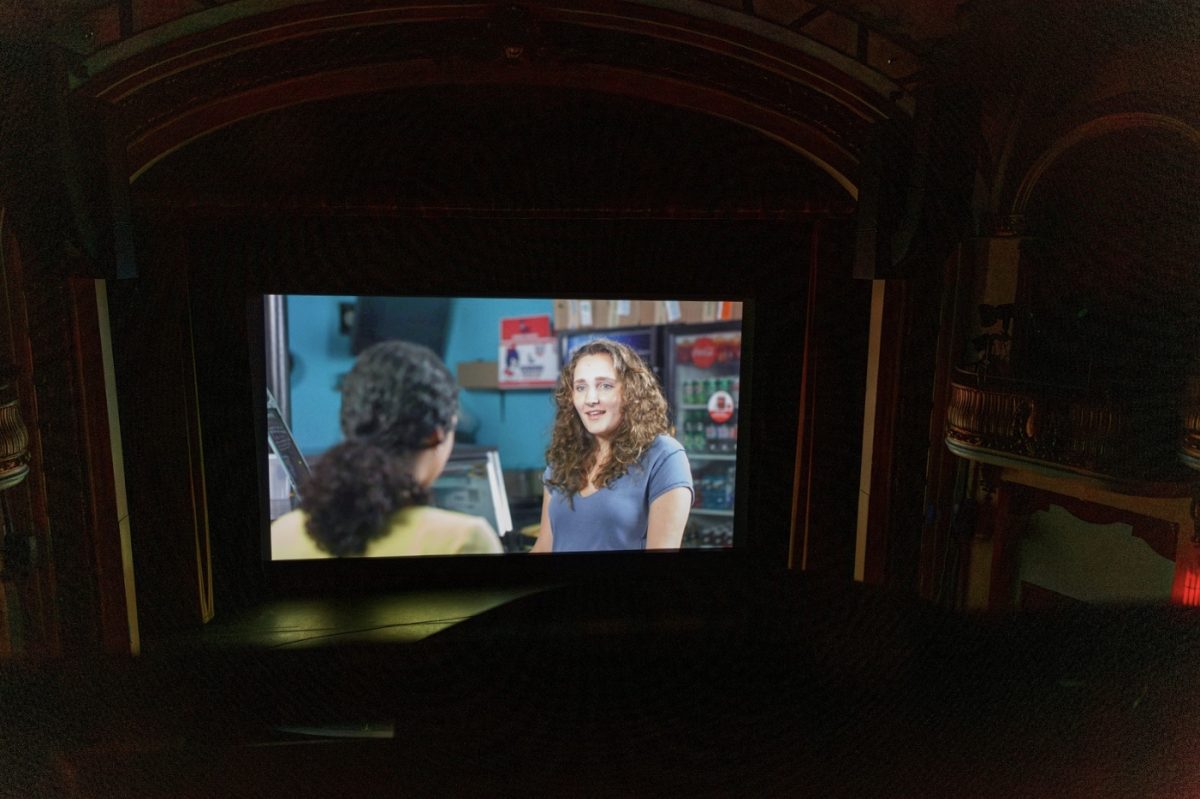


![The Jaguar student section sits down while the girls basketball team plays in the Great Eight game at the Denver Coliseum against Valor Christian High School Feb. 29. Many students who participated in the boys basketball student section prior to the girls basketball game left before half-time. I think it [the student section] plays a huge role because we actually had a decent crowd at a ranch game. I think that was the only time we had like a student section. And the energy was just awesome, varsity pointing and shooting guard Brooke Harding ‘25 said. I dont expect much from them [the Golden Boys] at all. But the fact that they left at the Elite Eight game when they were already there is honestly mind blowing to me.](https://bestofsno.com/wp-content/uploads/2024/05/IMG_7517-e1716250578550-900x1200.jpeg)

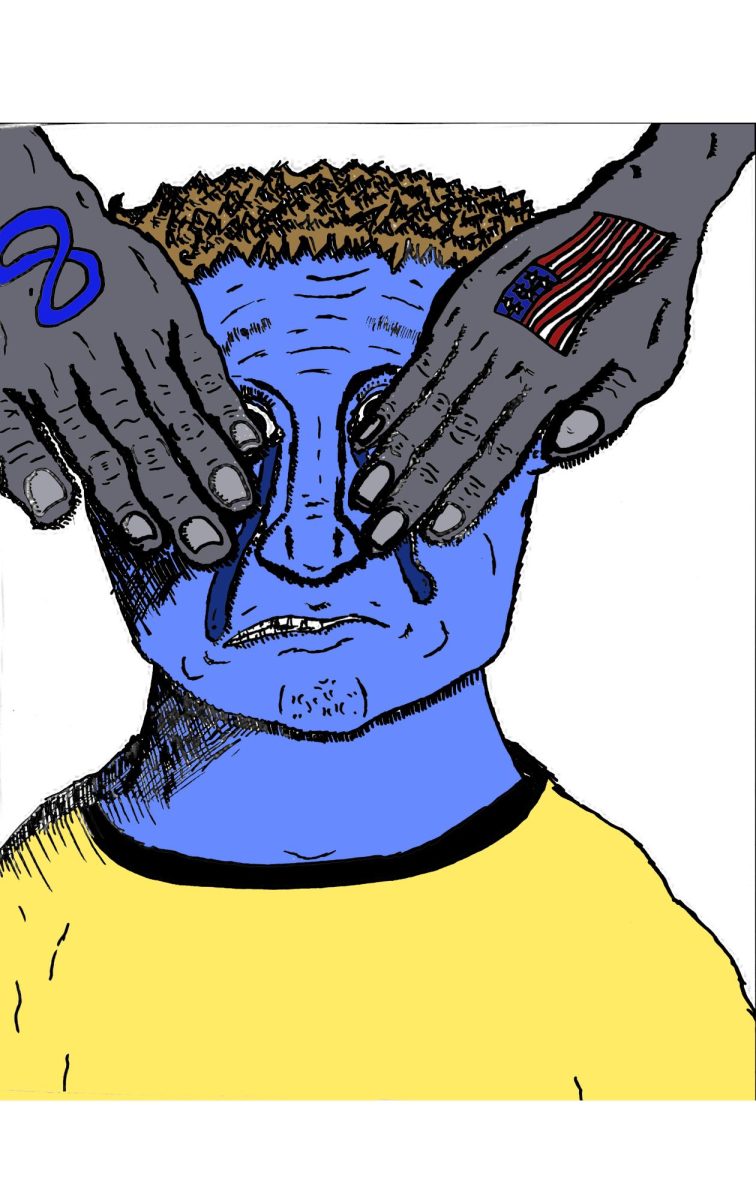



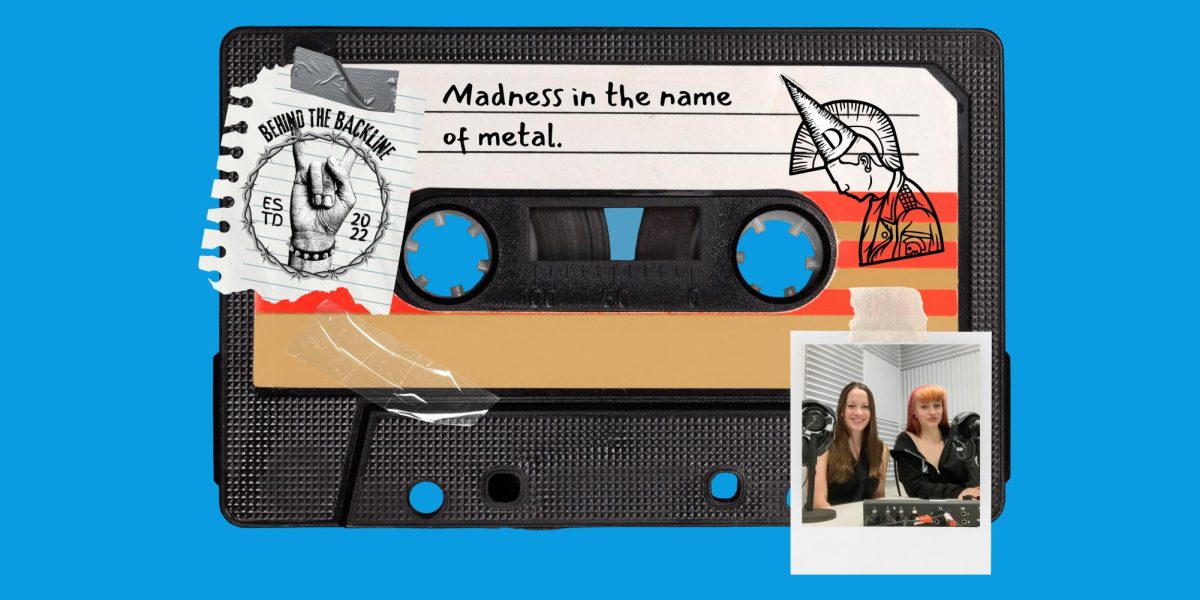
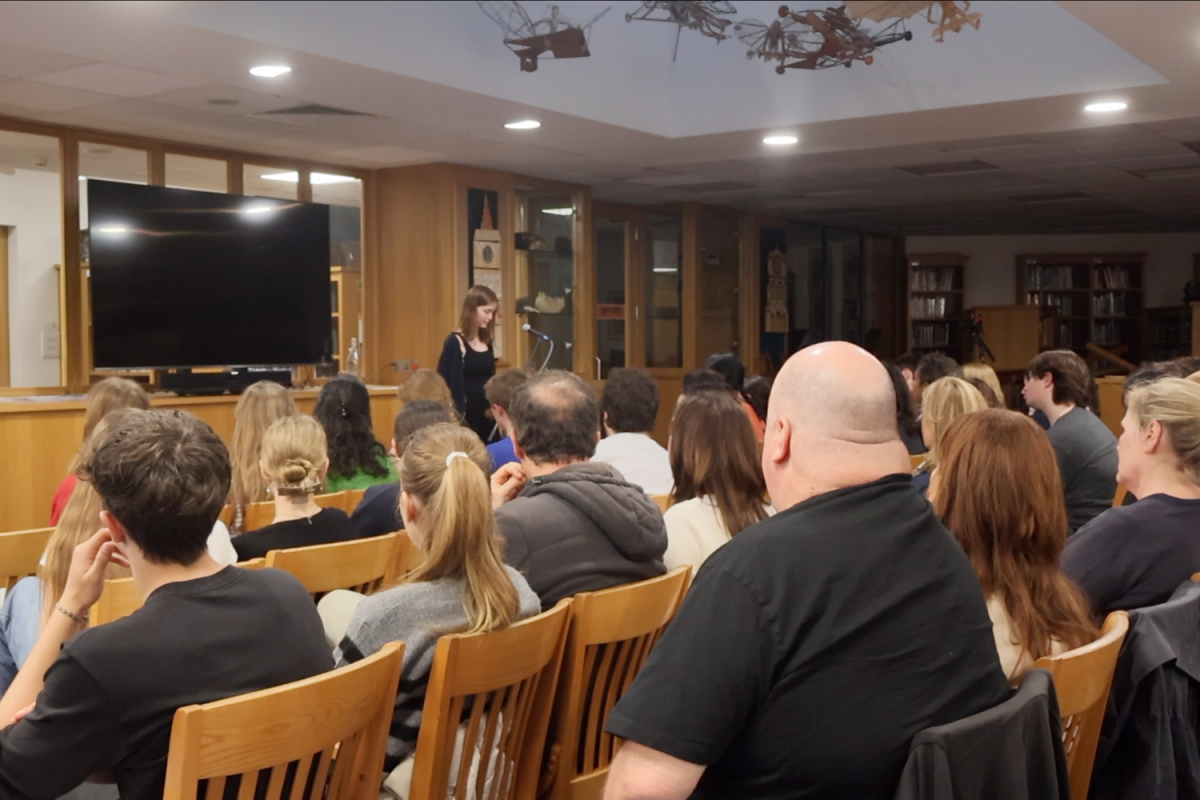


![BACKGROUND IN THE BUSINESS: Dressed by junior designer Kaitlyn Gerrie, senior Chamila Muñoz took to the “Dreamland” runway this past weekend. While it was her first time participating in the McCallum fashion show, Muñoz isn’t new to the modeling world.
I modeled here and there when I was a lot younger, maybe five or six [years old] for some jewelry brands and small businesses, but not much in recent years,” Muñoz said.
Muñoz had hoped to participate in last year’s show but couldn’t due to scheduling conflicts. For her senior year, though, she couldn’t let the opportunity pass her by.
“It’s [modeling] something I haven’t done in a while so I was excited to step out of my comfort zone in a way,” Muñoz said. “I always love trying new things and being able to show off designs of my schoolmates is such an honor.”
The preparation process for the show was hectic, leaving the final reveal of Gerrie’s design until days before the show, but the moment Muñoz tried on the outfit, all the stress for both designer and model melted away.
“I didn’t get to try on my outfit until the day before, but the look on Kaitlyn’s face when she saw what she had worked so hard to make actually on a model was just so special,” Muñoz said. “I know it meant so much to her. But then she handed me a blindfold and told me I’d be walking with it on, so that was pretty wild.”
Caption by Francie Wilhelm.](https://bestofsno.com/wp-content/uploads/2024/05/53535098892_130167352f_o-1200x800.jpg)



